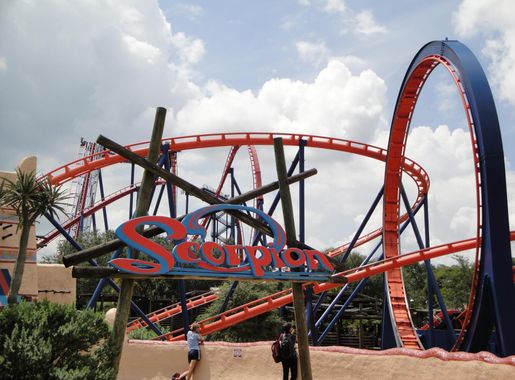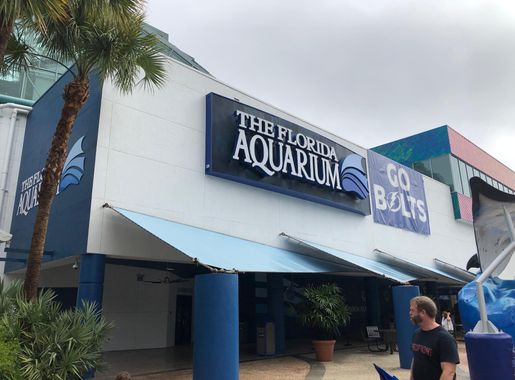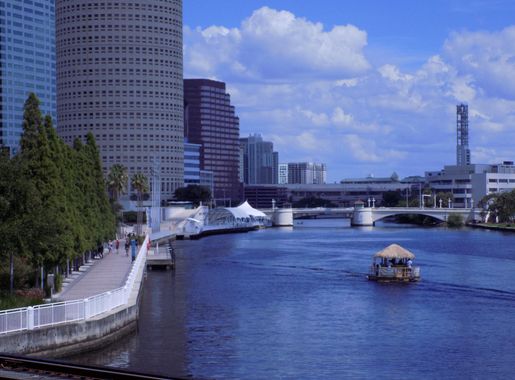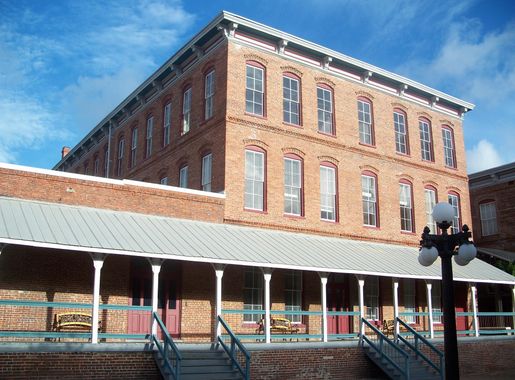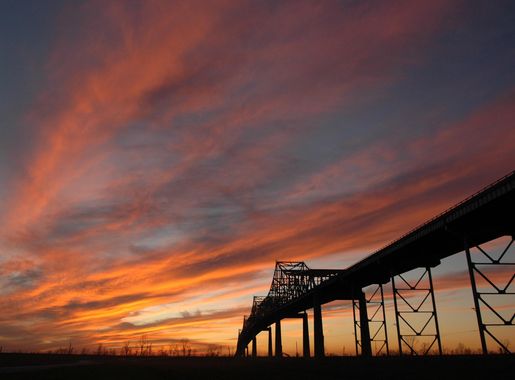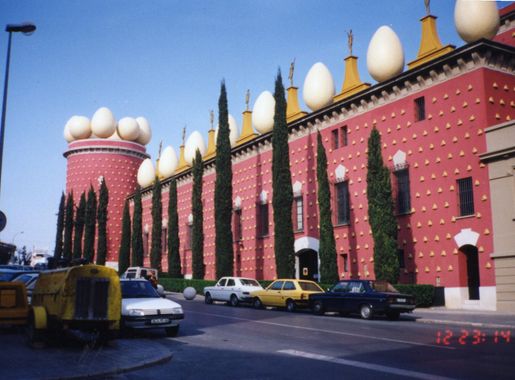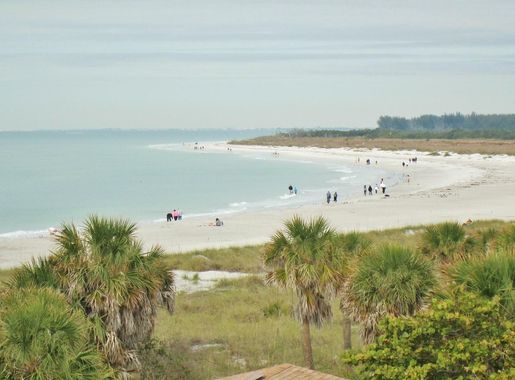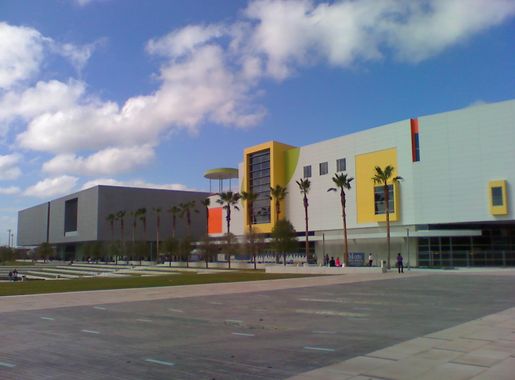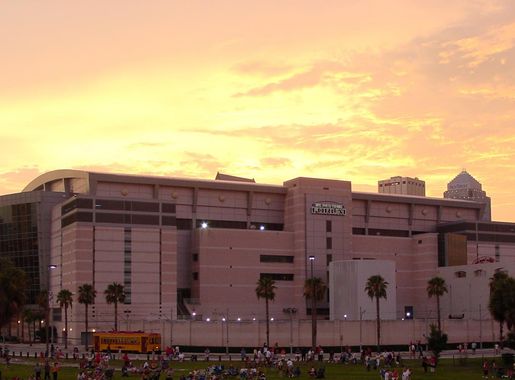
Tampa Bay Area: The Gem of Florida's Gulf Coast
Discover the Tampa Bay Area: Florida's blend of cultural landmarks, vibrant cities, and serene beaches on the stunning Gulf Coast.
The Tampa Bay Area is a vibrant and diverse region on Florida's Gulf Coast. Known for its stunning waterfront views, cultural landmarks, and family-friendly attractions, it offers something for everyone. From the bustling city of Tampa to the serene beaches of Clearwater and St. Petersburg, the area is a blend of urban excitement and natural beauty. Tampa is home to several top attractions, such as the historic Ybor City, Busch Gardens, and the Florida Aquarium. Here, you can explore the rich history of Cuban culture, enjoy thrilling rides, and get up close with marine life. The city's downtown area has a lively atmosphere with a mix of modern skyscrapers, museums, and parks. Clearwater Beach is renowned for its soft, white sand and crystal-clear waters. It's the perfect spot for sunbathing, swimming, or enjoying water sports. The nearby Clearwater Marine Aquarium is a must-visit, especially for families, as it is home to Winter the dolphin, star of the movie 'Dolphin Tale'. St. Petersburg, often called 'St. Pete', boasts a vibrant arts scene, beautiful beaches, and the renowned Salvador Dali Museum. The city's downtown area has a European feel with its outdoor cafes, galleries, and boutique shops. St. Pete Beach offers stunning sunsets and a laid-back atmosphere, ideal for a relaxing getaway.
Local tips in Tampa Bay Area
- Visit Ybor City in the evening for a taste of Tampa's nightlife and Cuban heritage.
- Clearwater Beach can get crowded. Arrive early to find a good spot.
- Check the schedule for special events at the Salvador Dali Museum in St. Petersburg.
- Use the Tampa Riverwalk to explore the city's waterfront attractions on foot.
- Look out for dolphins during a boat tour in Tampa Bay.
Tampa Bay Area: The Gem of Florida's Gulf Coast
The Tampa Bay Area is a vibrant and diverse region on Florida's Gulf Coast. Known for its stunning waterfront views, cultural landmarks, and family-friendly attractions, it offers something for everyone. From the bustling city of Tampa to the serene beaches of Clearwater and St. Petersburg, the area is a blend of urban excitement and natural beauty. Tampa is home to several top attractions, such as the historic Ybor City, Busch Gardens, and the Florida Aquarium. Here, you can explore the rich history of Cuban culture, enjoy thrilling rides, and get up close with marine life. The city's downtown area has a lively atmosphere with a mix of modern skyscrapers, museums, and parks. Clearwater Beach is renowned for its soft, white sand and crystal-clear waters. It's the perfect spot for sunbathing, swimming, or enjoying water sports. The nearby Clearwater Marine Aquarium is a must-visit, especially for families, as it is home to Winter the dolphin, star of the movie 'Dolphin Tale'. St. Petersburg, often called 'St. Pete', boasts a vibrant arts scene, beautiful beaches, and the renowned Salvador Dali Museum. The city's downtown area has a European feel with its outdoor cafes, galleries, and boutique shops. St. Pete Beach offers stunning sunsets and a laid-back atmosphere, ideal for a relaxing getaway.
When is the best time to go to Tampa Bay Area?
Iconic landmarks you can’t miss
Busch Gardens Tampa Bay
Experience the thrill of rides, the wonder of wildlife, and captivating entertainment at Busch Gardens Tampa Bay, Florida's ultimate theme park destination.
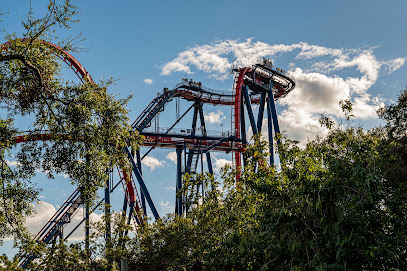
Tampa Bay History Center
Explore the Tampa Bay History Center: A fascinating journey through the rich heritage and cultural evolution of Florida's Gulf Coast.

Tampa Bay
Explore the breathtaking Tampa Bay in Florida, where stunning beaches meet vibrant culture and endless outdoor adventures await every traveler.
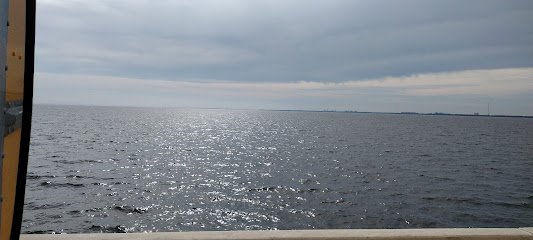
Ybor City Museum State Park
Explore the rich cultural heritage of Ybor City at the Ybor City Museum State Park, where history and beauty intertwine in Florida's vibrant past.
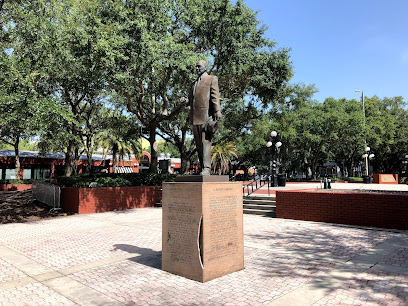
Henry B. Plant Museum
Explore the grandeur of the Gilded Age at the Henry B. Plant Museum, a historical landmark showcasing exquisite architecture and rich Florida heritage.
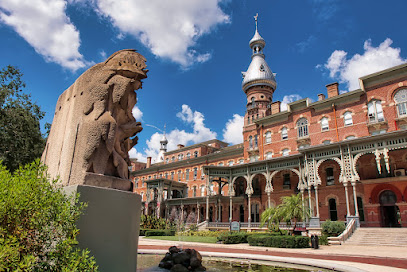
Ybor City Historic District
Explore the rich cultural heritage and vibrant nightlife of Ybor City Historic District, a historic gem in Tampa, Florida, filled with unique experiences.
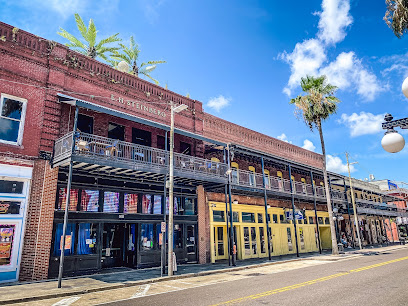
Tampa, FL - Downtown West
Explore the rich history and vibrant culture of Downtown West Tampa, where historic charm meets modern attractions for an unforgettable visit.
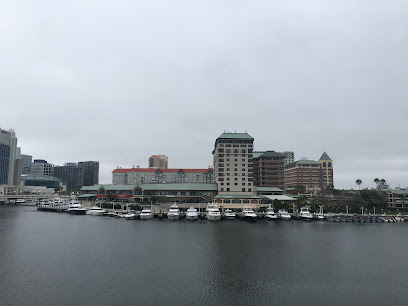
Tampa History Center Dock #3
Explore the vibrant history of Tampa at the picturesque Tampa History Center Dock #3, where past meets present along the scenic waterfront.
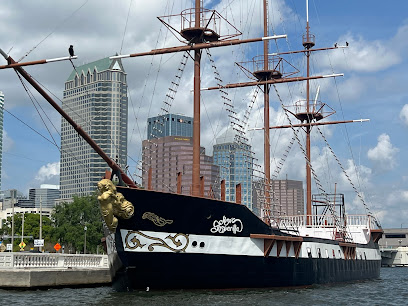
John Lennon Statue
Explore the John Lennon Statue in Tampa, a historical landmark celebrating the legacy of peace and music in a vibrant urban setting.
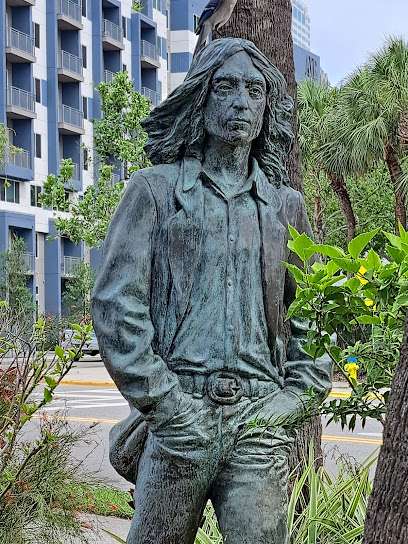
Palmetto Beach Historic District
Discover the historic charm of Palmetto Beach Historic District in Tampa, where past meets present in a vibrant setting.
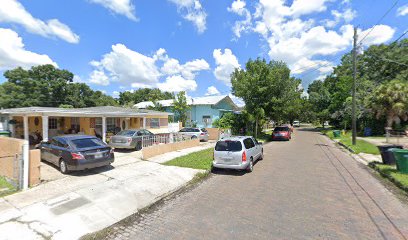
Tampa Bay Tour Company
Explore the enchanting Tampa Bay area with Tampa Bay Tour Company, where adventure meets culture and unforgettable experiences await every traveler.
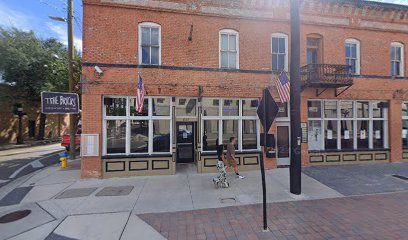
Iconic Tampa Bay
Explore the stunning waterfront, vibrant culture, and rich history at Iconic Tampa Bay, a must-visit destination for every traveler in Florida.
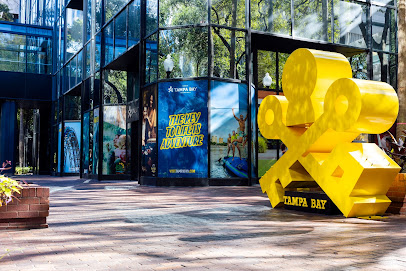
Unmissable attractions to see
Busch Gardens Tampa Bay
Experience the thrill of adventure and wildlife at Busch Gardens Tampa Bay, a premier theme park in Florida filled with rides, shows, and animal encounters.

ZooTampa at Lowry Park
Explore the incredible wildlife and thrilling attractions at ZooTampa at Lowry Park, a top family-friendly destination in Tampa, Florida.
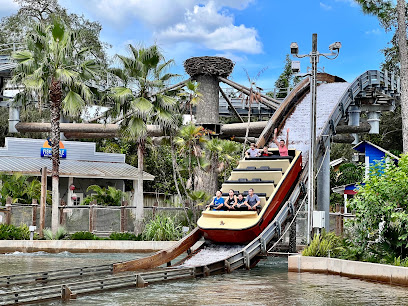
The Florida Aquarium
Explore the vibrant marine life and interactive exhibits at The Florida Aquarium, a premier destination in Tampa for ocean enthusiasts and families alike.
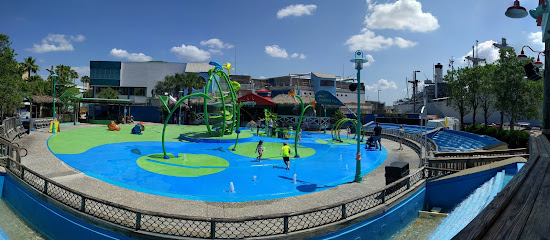
Adventure Island
Experience the ultimate water adventure at Adventure Island, where thrilling slides meet a relaxing tropical paradise in sunny Tampa, Florida.
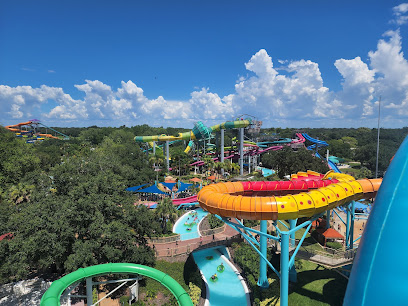
Curtis Hixon Waterfront Park
Discover the beauty and community spirit of Curtis Hixon Waterfront Park, a premier destination for tourists in Tampa, Florida, with stunning river views and engaging activities.

Manatee Viewing Center
Discover the serene beauty and gentle giants of the Manatee Viewing Center in Apollo Beach, Florida, a perfect destination for nature lovers and families.
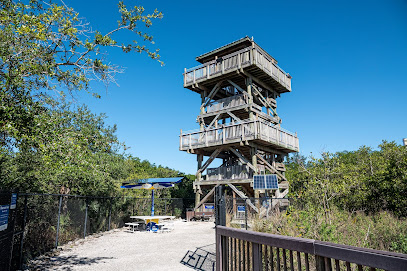
Lettuce Lake Park
Explore Lettuce Lake Park in Tampa, a beautiful natural retreat perfect for hiking, birdwatching, and family picnics amidst lush landscapes and serene waters.
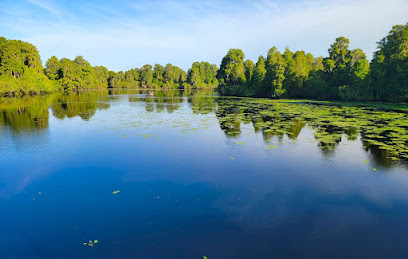
Ballast Point Park
Experience the natural beauty and recreational charm of Ballast Point Park in South Tampa, a perfect retreat for families and nature lovers alike.
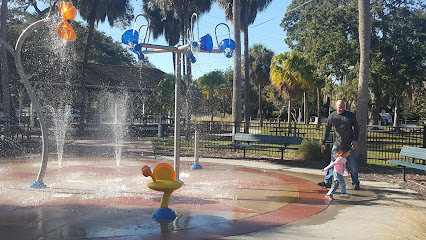
Cypress Point Park
Discover the serene beauty of Cypress Point Park in Tampa, featuring lush greenery, beach access, and stunning waterfront views.
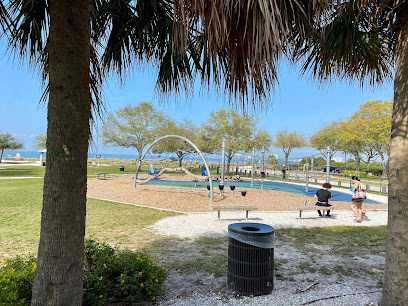
Empower Adventures Tampa Bay
Experience the thrill of zip-lining and eco-tours at Empower Adventures Tampa Bay, an adventure sports haven in the heart of Florida's natural beauty.
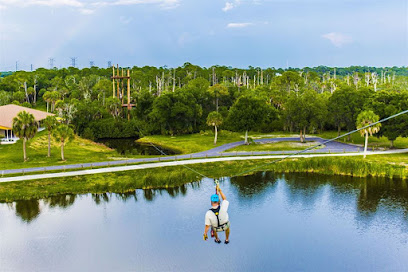
Tampa Riverwalk
Discover the beauty of Tampa Riverwalk, a scenic waterfront promenade featuring parks, art, dining, and recreational activities for all ages.
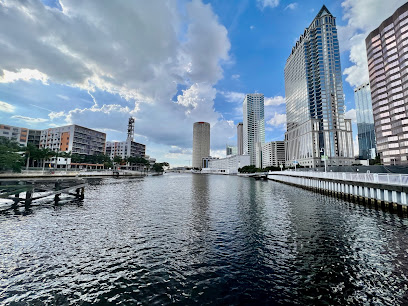
Glazer Children's Museum
Explore, learn, and play at the Glazer Children's Museum, where imagination comes to life for children of all ages in vibrant Tampa.

Water Works Park
Explore Water Works Park in Tampa Heights – a family-friendly oasis with lush landscapes, fun activities, and delicious local food to enjoy.
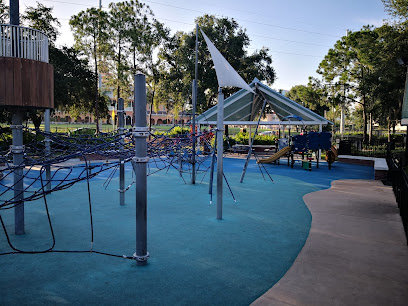
Museum of Science & Industry
Explore interactive exhibits, engaging activities, and educational programs at the Museum of Science & Industry in Tampa, Florida.
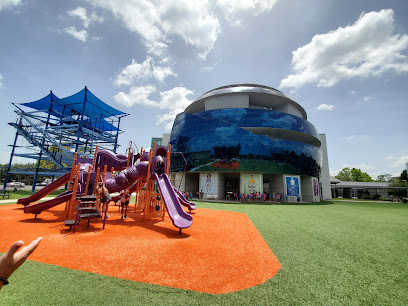
Kumba
Experience the thrill of Kumba, Tampa's iconic roller coaster, where speed, height, and excitement combine for an unforgettable adventure!
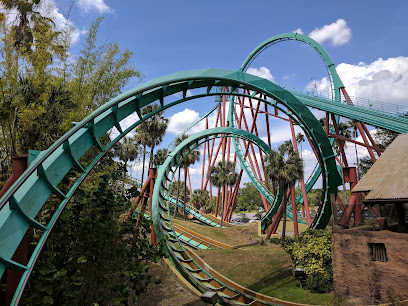
Essential places to dine
Columbia Restaurant
Experience the flavors of Spain and Cuba at Columbia Restaurant in Ybor City – a historic culinary landmark offering exquisite dining since 1905.
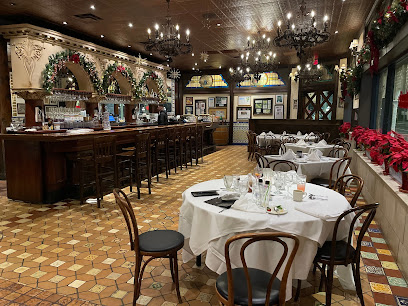
Bahama Breeze
Experience the flavors of the Caribbean at Bahama Breeze in Tampa – where every meal feels like a tropical getaway.
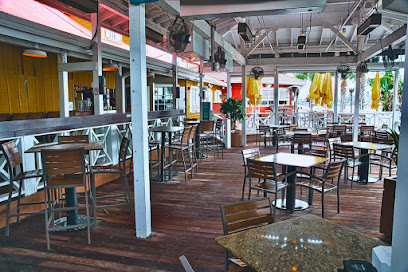
Ulele
Discover Ulele in Tampa Heights: A must-visit destination for American cuisine with local flavors and a vibrant atmosphere.

Bulla Gastrobar
Experience the vibrant flavors of Spain at Bulla Gastrobar - where tapas meet cocktails in a lively atmosphere.
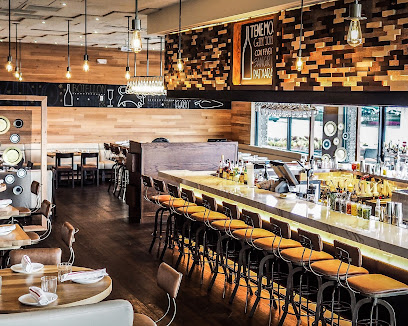
Rusty Pelican Tampa
Discover Rusty Pelican Tampa: A premier seafood destination offering breathtaking bay views and exquisite dishes for every palate.
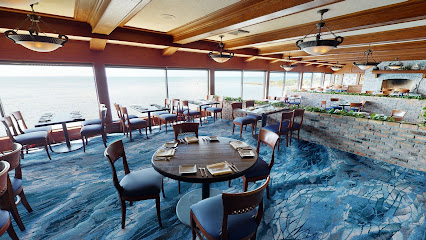
Salt Shack On The Bay
Discover fresh seafood delights at Salt Shack On The Bay in South Tampa – where every bite feels like a seaside getaway.
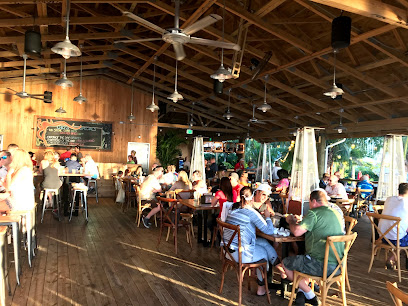
Hula Bay Club
Experience tropical dining at Hula Bay Club in South Tampa with fresh seafood, grill specialties, and breathtaking waterfront views.
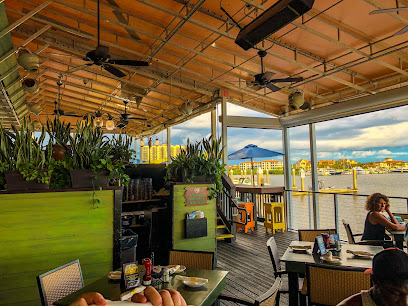
Ocean Prime
Experience the finest seafood and steak at Ocean Prime in Tampa - where luxury meets culinary excellence.
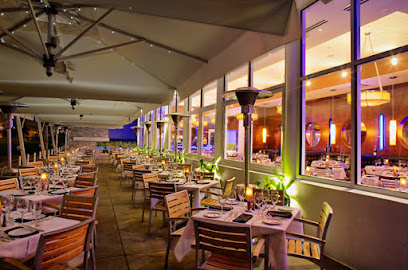
Eddie V's Prime Seafood
Experience exquisite seafood dining at Eddie V's Prime Seafood in Tampa - where elegance meets culinary excellence.
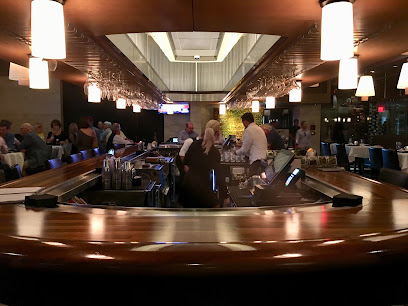
Cooper's Hawk Winery & Restaurant- Tampa
Experience exquisite American cuisine and handcrafted wines at Cooper's Hawk Winery & Restaurant in Tampa – a haven for food lovers.
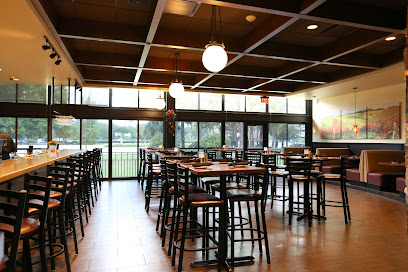
Seasons 52
Discover seasonal American cuisine at Seasons 52 in Tampa - where fresh flavors meet healthy dining options.
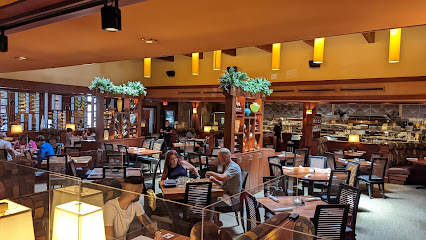
Columbia Cafe at the Tampa Bay History Center
Discover authentic Spanish and Cuban flavors at Columbia Cafe in Tampa Bay History Center - where culture meets cuisine.

The Sacred Pepper
Experience fine American dining at The Sacred Pepper with exquisite seafood and chophouse specialties in Tampa's vibrant culinary scene.
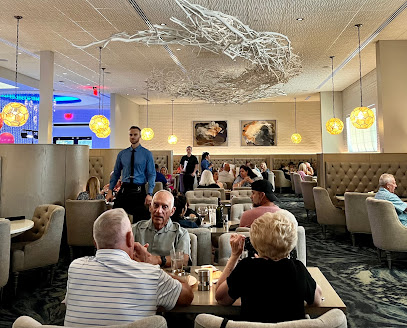
Ella’s Americana Folk Art Cafe
Experience the unique blend of American cuisine and local artistry at Ella's Americana Folk Art Cafe in Tampa's vibrant Southeast Seminole Heights.

Sugar Factory - Tampa Bay
Discover the whimsical world of Sugar Factory in Tampa Bay, where American flavors meet extravagant desserts and signature cocktails.
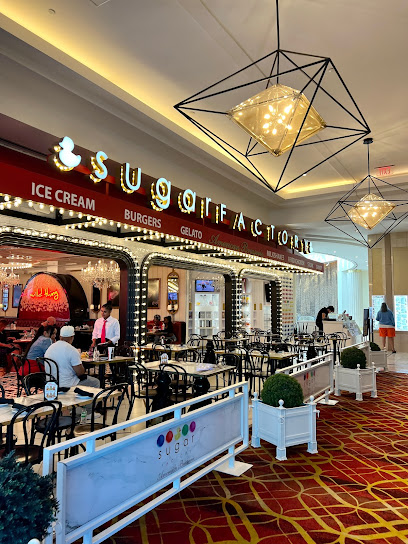
Markets, malls and hidden boutiques
International Plaza and Bay Street
Explore the premier shopping and dining destination in Tampa, featuring luxury brands, diverse dining, and vibrant entertainment at International Plaza and Bay Street.
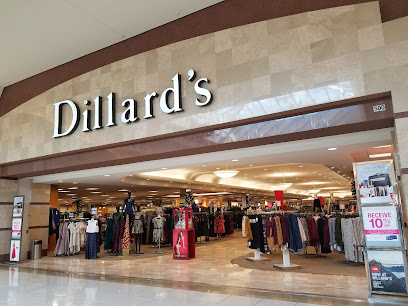
Hyde Park Village
Explore Hyde Park Village in Tampa for upscale shopping, diverse dining, and vibrant community events in a picturesque setting.

Channelside Bay Plaza
Experience the lively atmosphere of Channelside Bay Plaza in Tampa, Florida, where shopping, dining, and entertainment blend seamlessly.
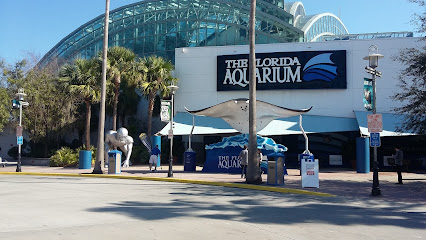
La France
Explore the charm of vintage fashion at La France, Ybor City's premier destination for unique clothing and accessories.
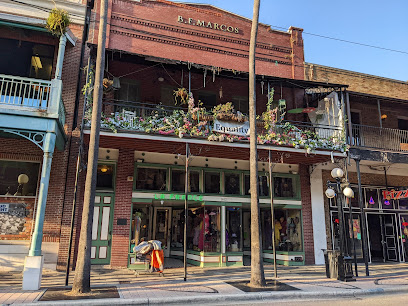
Dysfunctional Grace
Explore the unique antique treasures at Dysfunctional Grace in Ybor City, Tampa, where nostalgia meets creativity in a charming shopping experience.
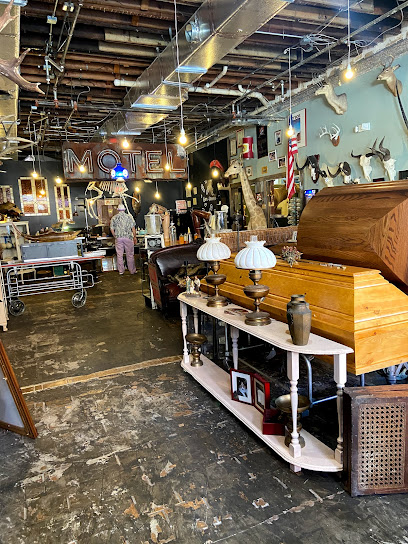
Retro Mania Vintage Market
Discover a treasure trove of antiques, vintage clothing, and unique collectibles at Retro Mania Vintage Market in Tampa, Florida.
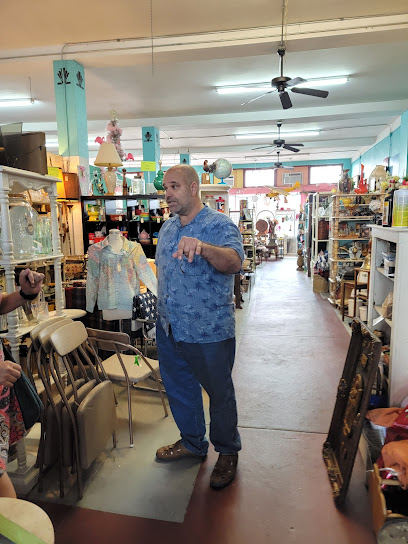
Altar'd State International Plaza
Shop trendy women's fashion at Altar'd State in Tampa's International Plaza, where style meets philanthropy in a charming boutique atmosphere.
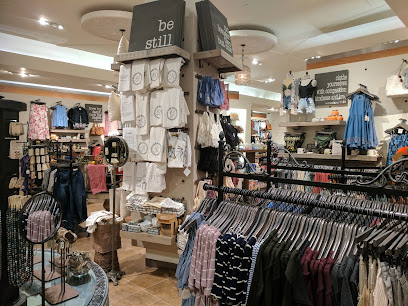
South Tampa Trading Co
Explore South Tampa Trading Co, your one-stop destination for unique gifts, beads, fabrics, and costumes in the heart of Tampa, Florida.
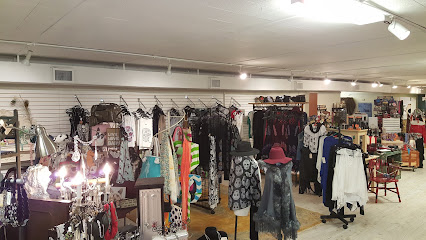
Tiger Dust
Explore the vibrant gift shop and antique store in South Seminole Heights, Tampa, filled with unique treasures and local artistry.
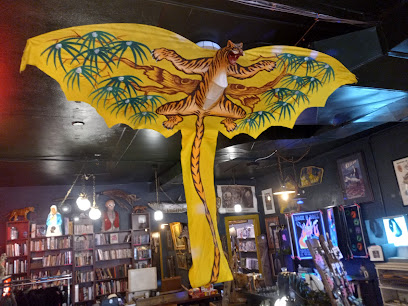
Tate & Tilly
Explore Tate & Tilly in Tampa for unique gifts, exquisite jewelry, and stylish women's clothing in a charming atmosphere.
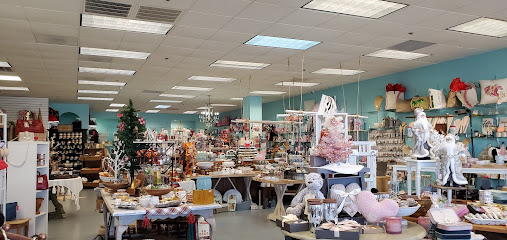
Salt Pines
Explore Salt Pines in South Tampa for unique clothing and local designs that capture the essence of Florida's vibrant fashion scene.
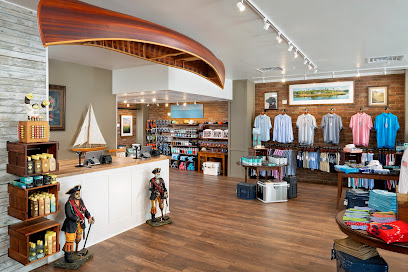
The Far Forest
Explore The Far Forest: A vintage clothing and used bookstore in South Seminole Heights, where every item has a story waiting to be discovered.
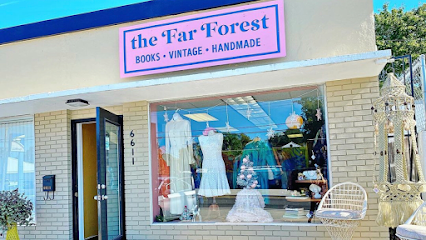
{a} haley boutique
Explore A. Haley Boutique in South Tampa for unique gifts, stylish fashion, and exquisite home decor that captures the essence of your travels.
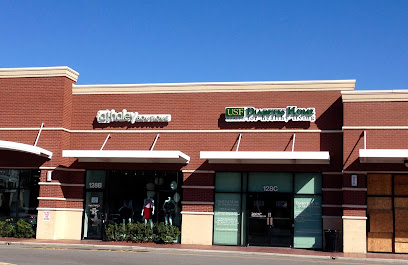
hazel + dot
Explore hazel + dot in South Tampa for stylish fashion accessories and unique gifts that capture the essence of your travels.
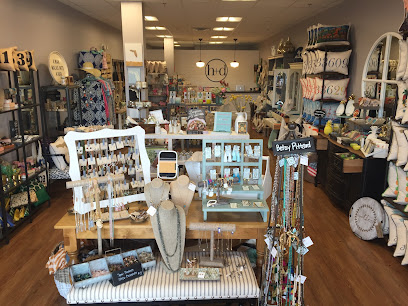
Tampa Bay Designer World
Explore Tampa Bay Designer World for unique clothing that embodies style and local flair in the heart of Florida's vibrant fashion scene.
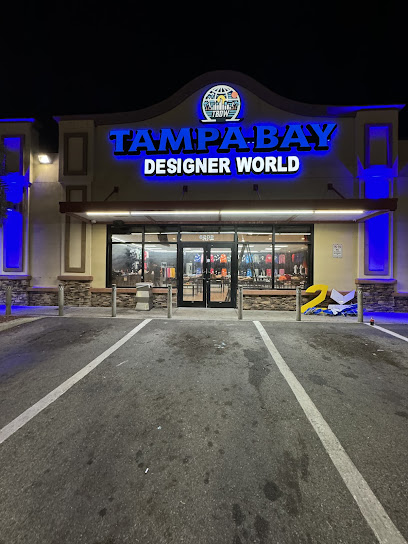
Essential bars & hidden hideouts
Whiskey Joe's | Tampa
Discover the vibrant flavors of American and Caribbean cuisine at Whiskey Joe's, a waterfront paradise in Tampa with stunning views.
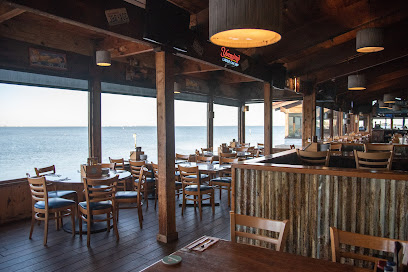
Bar Louie - Tampa
Experience the vibrant atmosphere and delicious American cuisine at Bar Louie - Tampa, your go-to gastropub for unforgettable dining.
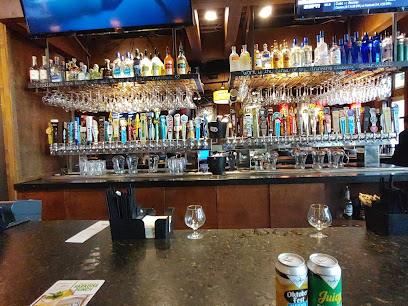
Independent Bar and Cafe
Discover the vibrant flavors of Tampa at the Independent Bar and Cafe, a local favorite for craft beers and delicious bites in South Seminole Heights.
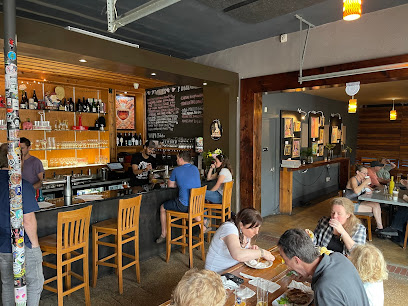
Bad Monkey Ybor
Discover the energetic vibe of Bad Monkey Ybor, a premier sports bar and grill in Ybor City, Tampa, where great food meets lively entertainment.
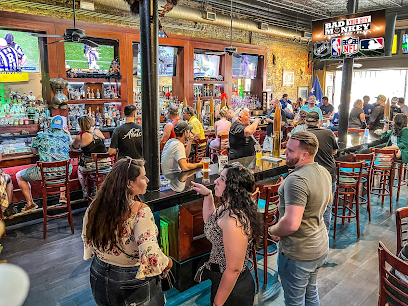
Coyote Ugly Saloon
Dive into the energetic vibe of Coyote Ugly Saloon in Tampa, where exhilarating performances and delicious drinks create a night to remember.
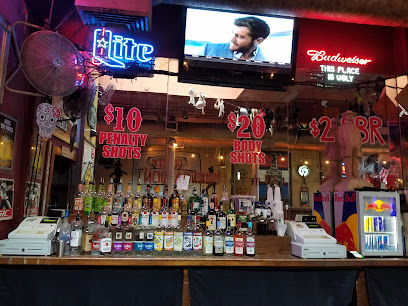
M.Bird
M.Bird: A vibrant bar in Tampa Heights known for creative cocktails, a lively atmosphere, and delightful outdoor seating.
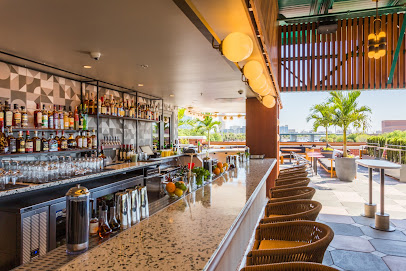
Ducky's Sports Lounge
Experience the excitement of live sports and delicious American cuisine at Ducky's Sports Lounge, Tampa's favorite sports bar and restaurant.
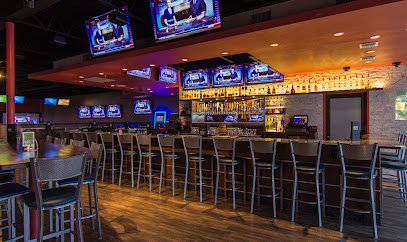
The Hub Bar
Experience the vibrant atmosphere of The Hub Bar, where craft beers, cocktails, and live music create unforgettable nights in Downtown Tampa.
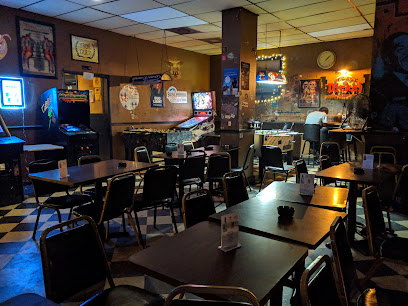
Taps Restaurant Bar & Lounge
Experience the best of Tampa's culinary scene at Taps Restaurant Bar & Lounge, where innovative dishes meet a lively atmosphere.
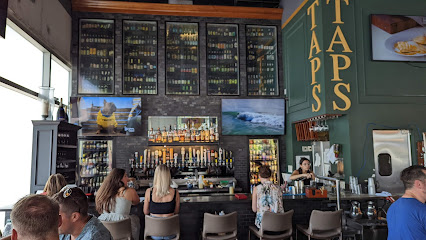
Ybor City Tap House
Discover the vibrant Ybor City Tap House, where craft beers meet gourmet bites and live entertainment in the heart of Tampa's historic district.
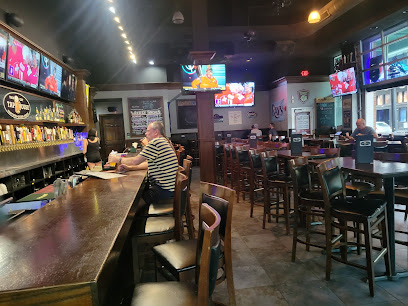
Hooch and Hive
Discover the vibrant atmosphere of Hooch and Hive, Tampa's premier live music bar featuring delicious American cuisine and expertly crafted cocktails.

Hotel Bar
Experience the vibrant nightlife of downtown Tampa at Hotel Bar, where unique cocktails and a lively atmosphere await.
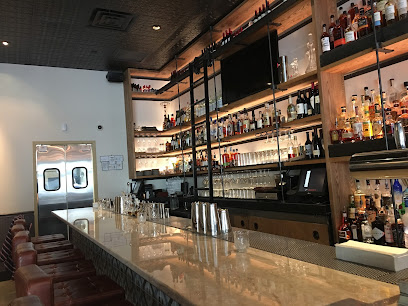
Big Easy Bar
Discover the lively charm of Big Easy Bar in Ybor City, Tampa, where vibrant nightlife meets delicious dining and unforgettable experiences.
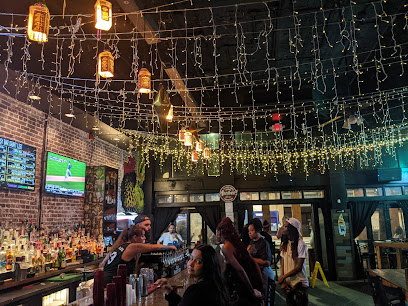
The Patio Tampa
Discover The Patio Tampa, where vibrant atmosphere meets delicious drinks in the heart of South Tampa.
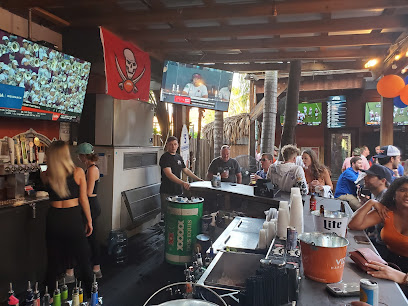
Reservoir Bar
Experience the punk rock spirit of Ybor City at Reservoir Bar, where lively music, great drinks, and unforgettable nights await.
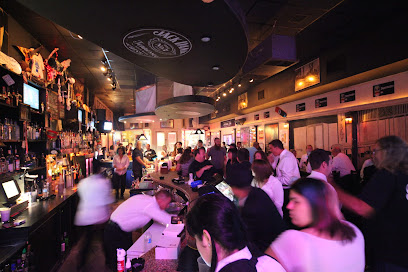
Local Phrases about Tampa Bay Area
-
- HelloHowdy
[haw-dee] - GoodbyeCatch ya later
[kach ya lay-tur] - YesYep
[yep] - NoNah
[na] - Please/You're welcomePlease/No problem
[pleez/no prob-lem] - Thank youThanks
[thanks] - Excuse me/SorryPardon me/My bad
[par-dun me/mai bad] - How are you?How ya doin'?
[haw ya doo-in] - Fine. And you?Good. You?
[good. yoo] - Do you speak English?Ya speak English?
[ya speak ing-glish] - I don't understandI don't get it
[ai don't get it]
- HelloHowdy
-
- I'd like to see the menu, pleaseCan I check the menu, please
[kan ai chek the menu, pleez] - I don't eat meatI don't do meat
[ai don't do meat] - Cheers!Cheers!
[cheers] - I would like to pay, pleaseI'm ready to settle, please
[ai'm red-ee to set-ul, pleez]
- I'd like to see the menu, pleaseCan I check the menu, please
-
- Help!SOS!
[ess-oh-ess] - Go away!Get lost!
[get lost] - Call the Police!Get the cops!
[get the cops] - Call a doctor!Get a doc!
[get a doc] - I'm lostI'm turned around
[ai'm turnd a-round] - I'm illI'm under the weather
[ai'm und-er the weath-er]
- Help!SOS!
-
- I'd like to buy...I wanna grab...
[ai wanna grab] - I'm just lookingJust browsin'
[just brow-sin] - How much is it?What's the damage?
[whats the dam-ij] - That's too expensiveThat's a rip-off
[thats a rip-off] - Can you lower the price?Can ya cut me a deal?
[can ya cut mee a deal]
- I'd like to buy...I wanna grab...
-
- What time is it?What's the time?
[whats the time] - It's one o'clockIt's one
[its one] - Half past (10)Ten thirty
[ten thur-tee] - MorningMornin'
[morn-in] - AfternoonAfternoon
[after-noon] - EveningEvenin'
[even-in] - YesterdayYest'day
[yest-day] - TodayToday
[to-day] - TomorrowTomorrah
[to-mor-rah] - 1One
[wun] - 2Two
[too] - 3Three
[three] - 4Four
[four] - 5Five
[five] - 6Six
[six] - 7Seven
[sev-en] - 8Eight
[ate] - 9Nine
[nain] - 10Ten
[ten]
- What time is it?What's the time?
-
- Where's a/the...?Where's the...?
[wheres the] - What's the address?What's the addy?
[whats the add-ee] - Can you show me (on the map)?Can ya point it out (on the map)?
[can ya point it out (on the map)] - When's the next (bus)?When's the next (bus)?
[whens the next (bus)] - A ticket (to ....)A pass (to ....)
[a pass (to)]
- Where's a/the...?Where's the...?
History of Tampa Bay Area
-
Before European contact, the Tampa Bay area was inhabited by various indigenous tribes, including the Tocobaga and the Calusa. These tribes were skilled fishermen and traders who built complex societies centered around the fertile estuaries and waterways of the region.
-
In 1528, Spanish explorer Pánfilo de Narváez arrived in the Tampa Bay area, marking one of the first European incursions into what is now the United States. His expedition was followed by Hernando de Soto in 1539, who also explored the area extensively. These early explorations set the stage for future European interest in Florida.
-
The Tampa Bay area played a significant role in the Seminole Wars of the early 19th century. Fort Brooke was established in 1824 at the mouth of the Hillsborough River to protect settlers and serve as a base for military operations against the Seminole tribe. The conflicts were part of a broader struggle for control over Florida.
-
Tampa was officially incorporated as a town in 1849. Its early growth was slow until the discovery of phosphate in the late 19th century, which became a major industry. The arrival of the railroad in the 1880s, spearheaded by Henry B. Plant, further accelerated Tampa's development, transforming it into a key transportation hub.
-
In the late 19th century, Cuban immigrants, many of whom were cigar makers, settled in the neighborhood of Ybor City. Founded by Vicente Martinez-Ybor in 1885, Ybor City became the 'Cigar Capital of the World,' attracting a diverse community of immigrants from Cuba, Spain, and Italy. This cultural melting pot significantly influenced Tampa's cultural landscape.
-
During World War II, Tampa's strategic location led to the establishment of MacDill Air Force Base in 1941. The base played a crucial role in training and deploying airmen for the war effort. It continues to be an important military installation, contributing to the local economy and community.
-
In the latter half of the 20th century, Tampa Bay's economy diversified with the expansion of its port, now one of the largest in the United States. The port's growth has driven economic development, making Tampa a major center for shipping, finance, and tourism. The city has also seen significant cultural growth with institutions like the Tampa Museum of Art and the Straz Center for the Performing Arts.
Tampa Bay Area Essentials
-
The Tampa Bay Area is served by two major airports: Tampa International Airport (TPA) and St. Pete-Clearwater International Airport (PIE). Both airports offer numerous domestic and international flights. Additionally, Amtrak trains and Greyhound buses provide service to Tampa from various locations across the United States. If you're driving, Interstates 4, 75, and 275 are the main highways leading into the area.
-
The Tampa Bay Area offers a variety of transportation options. The Hillsborough Area Regional Transit (HART) system provides bus services throughout Tampa and its suburbs. The TECO Line Streetcar System links downtown Tampa with the Channelside District and Ybor City. For those looking to explore further, rental cars are readily available. Ride-sharing services like Uber and Lyft are also popular and widely used.
-
The official currency in Tampa Bay is the US Dollar (USD). Credit and debit cards are widely accepted at hotels, restaurants, and shops. ATMs are abundant, making it easy to withdraw cash as needed. Mobile payment options such as Apple Pay, Google Wallet, and Samsung Pay are also commonly accepted.
-
Tampa Bay is generally a safe destination for tourists, but it is important to take usual precautions. Areas like Ybor City and some parts of downtown Tampa can be less safe at night, so it's advisable to stay in well-lit, populated areas. Always keep an eye on your belongings and avoid displaying valuables. Petty crimes like pickpocketing can occur in crowded tourist spots.
-
In case of an emergency, dial 911 for immediate assistance. Tampa General Hospital and St. Joseph's Hospital are two major medical facilities in the area. It's advisable to have travel insurance that covers medical emergencies. For minor health issues, numerous pharmacies are available, including major chains like CVS and Walgreens.
-
Fashion: Do dress comfortably for the warm climate, but avoid overly revealing clothing in more conservative areas. Religion: Do respect local religious customs when visiting churches and religious sites. Public Transport: Do have exact change or a transit card for buses. Don’t eat or drink on public transport. Greetings: Do greet people with a friendly 'hello' or a handshake. Eating & Drinking: Do try the local seafood and Cuban cuisine. Don’t forget to tip your servers, generally 15-20% of the bill.
-
To experience Tampa Bay like a local, explore the Riverwalk in downtown Tampa and visit the Tampa Bay History Center. Spend an evening in Ybor City, known for its vibrant nightlife and historic architecture. For outdoor activities, take a trip to the nearby beaches of Clearwater and St. Pete. Don't miss visiting the local farmers' markets and trying some fresh Florida oranges.
Trending Landmarks in Tampa Bay Area
Nearby Cities to Tampa Bay Area
-
Things To Do in Clearwater
-
Things To Do in St. Petersburg
-
Things To Do in Orlando
-
Things To Do in Ocala
-
Things To Do in Sarasota
-
Things To Do in Sebring
-
Things To Do in Gainesville
-
Things To Do in Daytona Beach
-
Things To Do in Fort Myers
-
Things To Do in Cape Coral
-
Things To Do in St. Augustine
-
Things To Do in Ft. Pierce
-
Things To Do in Jacksonville
-
Things To Do in Stuart
-
Things To Do in Tallahassee

